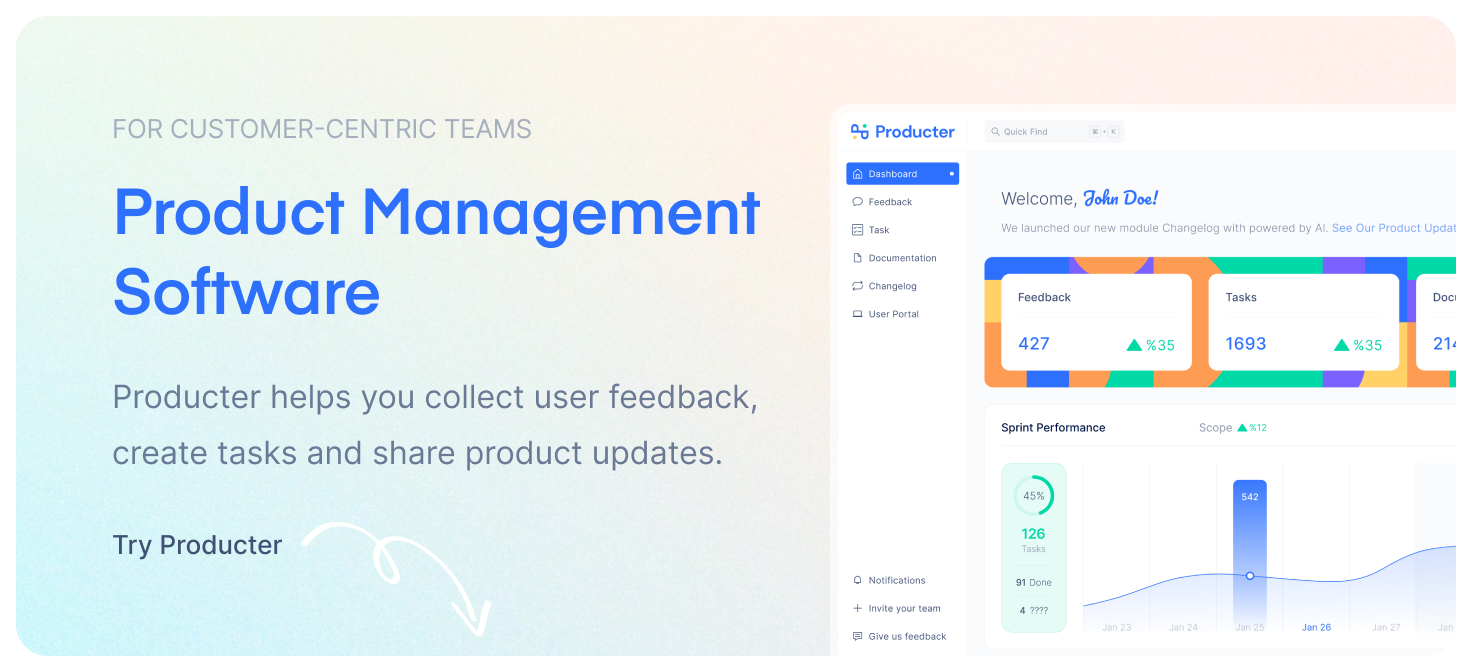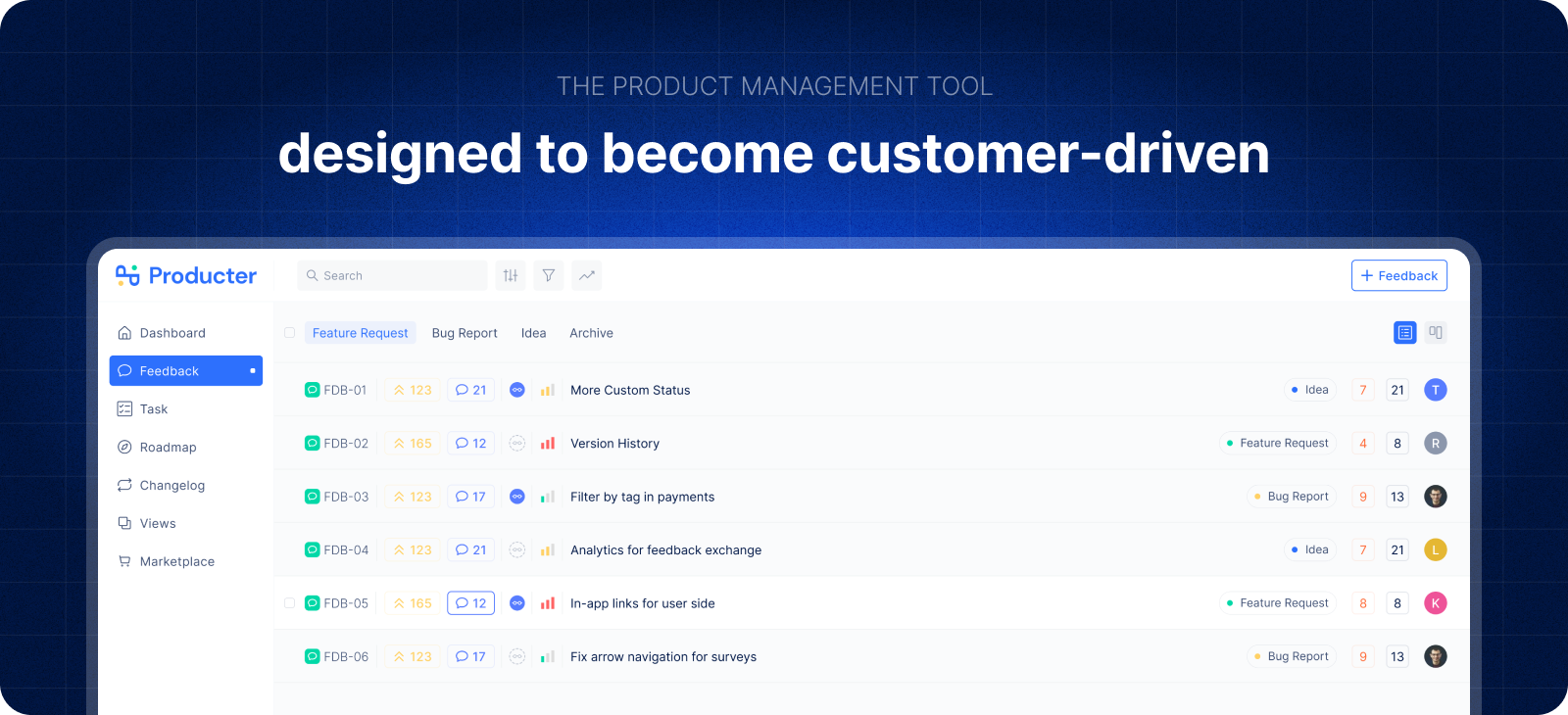Every product goes through natural stages before development. For a product to become successful, it’s important to have all the right pieces in place. That’s why product managers rely on mapping out the various product development stages to obtain greater insight into the next steps.
The first step is to establish an initial vision of what you want your product to achieve. Then you need to ensure that your team understands what they’re building and why it matters — and you need to do this before doing any actual work. Once everyone is on board with the goal, you can move on to defining your requirements, which involves determining exactly what features your users will need and how they will interact with them. You also need to decide on a development strategy that best suits your needs, whether that’s agile or waterfall development. After these steps are complete, you can start building!

Here are the three stages behind the product decisions:
- Collecting insights from customers/teammates and analyzing
- Understanding the need behind and validating an idea
- Documenting the steps as they are taken

Customer and Team Insights
A product development cycle at Producter usually begins with feedback. It does not have to come from a customer. Team members or shareholders may contribute as well.
What matters is how we handle feedback. The first thing we need to do is provide a dedicated channel for providing feedback. In addition to feedback channels, you should keep customer success, marketing, and sales teams in the loop to gather valuable insights from them. Feedback comes in many forms, so it is instrumental in having a central place to collect and analyze it.
A feedback tool simplifies integrating your existing channels and allows you to centralize your product feedback process, thereby reducing your workload.
You should ensure that the channels where you gather feedback have a frictionless interface. Shorter feedback processes will prevent the user from changing their mind. We need to ensure this by putting feedback inputs wherever the user can give feedback. We need to maintain a clean design not to alienate our users to achieve this. A feedback widget is an effective way to accomplish this. Despite taking up little space on the page, it is available wherever the user is.
Idea Validation
Everybody has an opinion; ideas will dry up without them, and innovation will likely stall. There is always a need for people to share their thoughts, fears, and ideas to drive product progress. However, all opinions must be verified, regardless of where they originated. We simply don’t know which ideas will work and which won’t — no matter how senior or experienced we may be.
Opinions can be validated using evaluation, fact-finding, tests, and experiments. The diagram shows the most critical methods in each, but others and more are being invented as we speak. Product validation is only limited by our creativity and willingness to step outside our comfort zone.
Some experiments are:
- A/B tests
- A/B/n tests
- Multivariate tests
- Percent experiments
- holdback experiment
First, this will ensure that any potential innovative thinking is based on solid research. Second, it helps people in business understand the discovery and design process that technology teams undertake. Finally, the customer must prove to the business that there is more potential for business success through validation.
It is important to note that this process is most valuable when carried out with all the stakeholders and even customers formulating the idea. However, this is not always a reality in most large companies. Try to include them in smaller parts of the validation process. Still, if they are too busy or uninterested, it is essential to fully document the findings and present them when finished. Whatever the outcome, this is an important step for future collaboration and stakeholder engagement.
Briefly, GIST has the following sections:
- Goals — Define what we want to achieve. Any idea can be valid without goals.
- Ideas — Gathering and sorting ideas so we can systematically choose what to verify first
- Steps — Validation of ideas, collection of results, and iteration through learning.
- Tasks — Actual management of the job — actually nothing new here — Agile/Kanban is perfectly fine here.
Documentation
Documentation is an ongoing process along the way to execution and beyond. Recording the origins of an idea and the factors shaping it will encourage your team to share knowledge. In spite of the fact that it looks like a time-consuming step, you and your teammates will avoid duplicating work in the future.
Aside from these, every detail in the documentation makes it easy to think twice about it when determining how to execute. As you note down the requirements, you create an opportunity to filter them again to eliminate unnecessary work.
Those details clarifying the need behind a request act as a single source of truth for stakeholders to make informed decisions. When you have the resources available, your team doesn’t have to be mind readers to ensure consistency for projects like quarterly presentations or monthly reports. They still have room to get creative while confirming that they’ve covered each of the key points.
Producter is a product management tool designed to become customer-driven.
It helps you create collect feedback, manage tasks, sharing product updates, creating product docs, and tracking roadmap.






